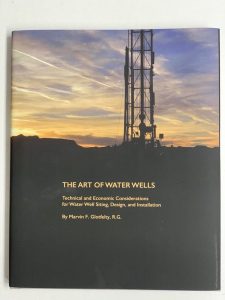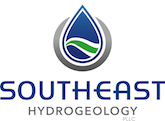Th
The book initially addresses all the nuances of the well site selection process for both alluvial and fractured rock wells and presents the concept for a map and grid-based prioritization matrix for selecting well sites using a variety of criteria and weighting them in accordance to their relative importance.
The critical component of well design is covered in detail, including casing, screens, filter pack design, annular seals and many other aspects of well design, including up to date standards on casing and screen materials, dielectric couplers, metallurgical considerations and connection options.
As an example, the book includes a detailed section on calculating the hydraulic pressure head, annular volume, well string weight and estimated buoyancy to avoid failure of the well construction due to “floating” of the well string. This is a topic that is not often addressed in typical well construction books, but an important one, nevertheless.
Drilling methods are covered, though in not as much detail as in other drilling references.
A detailed section on well installation oversight is, in my opinion, one of the most valuable sections in the books as it addresses some of the common points of failure or underperformance in a new well. This section includes information on pilot hole drilling and inspection, zone testing, construction materials inspection, well development and post-construction well analysis.
The book concludes with an excellent section on the economics of water wells, including life-cycle analysis, that will be of most interest to geologists, engineers and those involved with asset management of wells.
Appendices include calculations and conversions, cement mix designs, steel casing specifications, plumbness and alignment standards, pilot hole analysis and string weight changes during well installation.
An extra bonus is the fold out Water Supply Well Installation Flow Chart included with the book. This flow chart details all the steps necessary for successful design and completion of a water supply well and is a great checklist for even veteran geologists, engineers and drillers.
The wealth of information here makes this book makes a valuable addition to the library of anyone involved with well design and construction and I highly recommend it.
